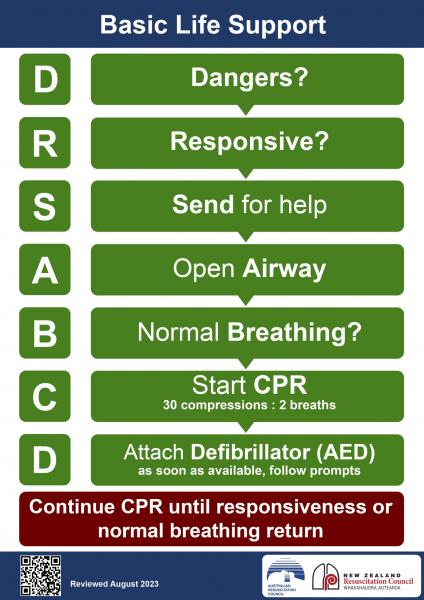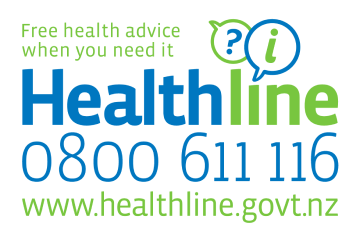Emergencies - CPR
Emergencies - CPR
Tamariki (children) and pēpi (babies) who are not responding and not breathing normally will need CPR.
How can I learn CPR (rescue breathing and chest compressions)?
Learn CPR before you need it - watch the above video for step by step instructions.
Parents and whānau should know how to do CPR. Find courses near you, run by organisations including:
Tamariki and pēpi who are not breathing normally and are not responding need CPR. If you're not sure, it's better to start CPR.
How to do CPR
Remember the letters DRS ABCD
D - Dangers?
Check for any dangers to yourself such as electricity or traffic.
R - Responsive?
Check responsiveness by talking to the child and touching their hand.
S - Send for help
Dial 111 and confirm an ambulance is on its way. Use the appropriate emergency number in other countries.
A - Airway
Open the airway by tilting the head and lifting the chin. Do not tilt the head back too far.
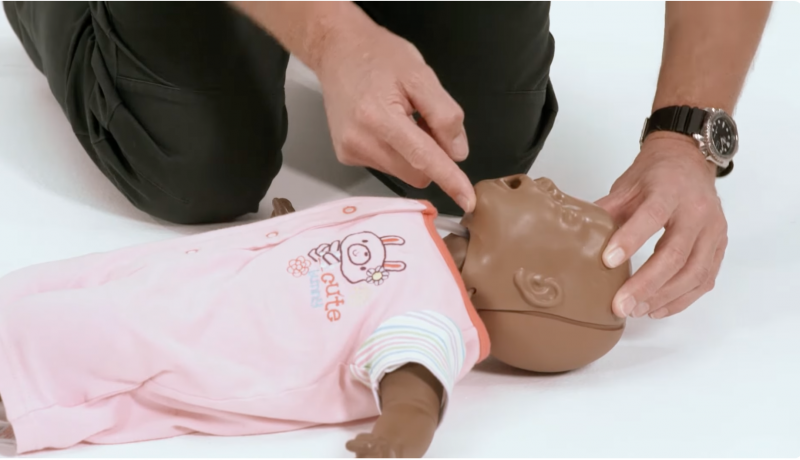
B - Breathing
Look and feel for movement of the chest and stomach area. Listen and feel for air coming from the nose or mouth.
If they are breathing, place the child in the recovery position.
See the illustration of a child in the recovery position.

C - Chest compressions
Don’t worry about pushing too hard – you need to push hard and fast.
If the child is not breathing, start CPR - 30 compressions to 2 breaths. Put the child on a firm surface. Place 2 fingers of one hand (for a baby) or the heel of one hand (for a child) in the centre of the chest just below the nipples.
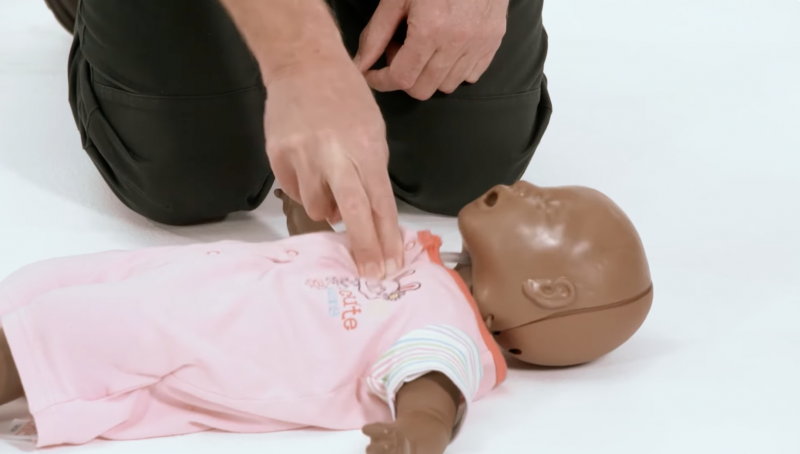
It is important to push down hard and fast - you need to push at 100 a minute. The beat of the Bee Gees song ‘Staying Alive’ is exactly 100 beats a minute, so get that song in your mind.
Once you have completed 30 compressions (pushes) on the chest, breathe into the child's mouth 2 times.
For a baby - seal your lips around the baby's mouth and nose.
For a child over 1 - pinch their nose closed and breathe into their mouth.
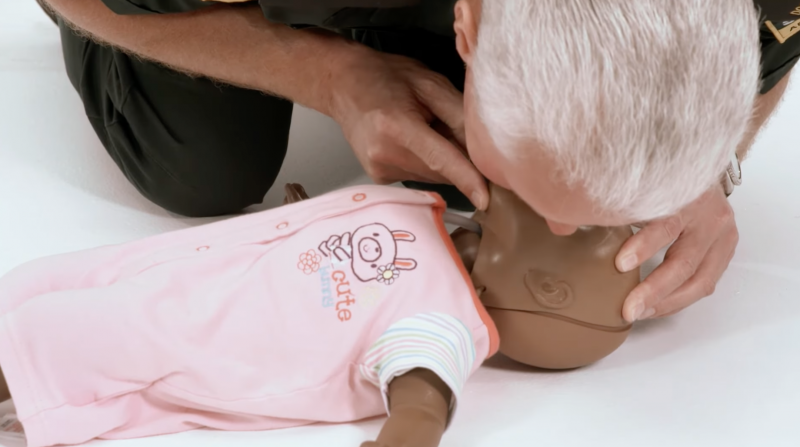
Continue with the cycle of 30 chest compressions and 2 breaths until the ambulance arrives.
D - Defibrillator
Attach an automated external defibrillator (AED) as soon as available, turn on and follow prompts (the defibrillator will talk to you).
The picture on the AED will show you where to put the pads.

If there are no child pads, use adult pads. The pads should not touch each other. If the pads are too large, put one on the front in the centre of the chest and the other on the back between the shoulder blades.
Return to chest compressions and keep going until the child responds or starts breathing normally, or professional help arrives and takes over.
Dr. Tony Smith, St John medical director demonstrates how to perform CPR and use an AED on tamariki.
This page last reviewed 05 December 2023.
Do you have any feedback for KidsHealth?
If you have any feedback about the KidsHealth website, or have a suggestion for new content, please get in touch with us.
Email us now